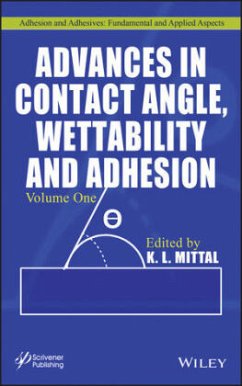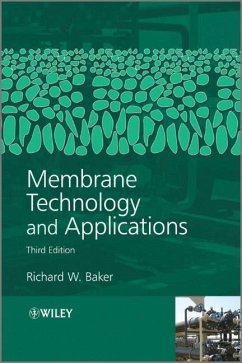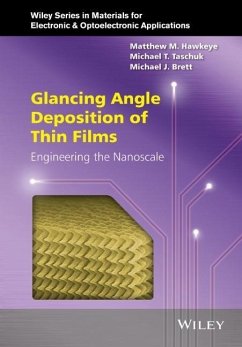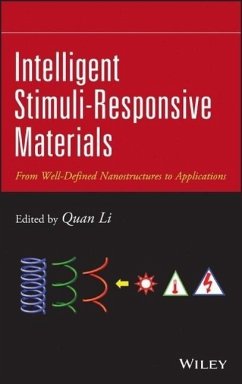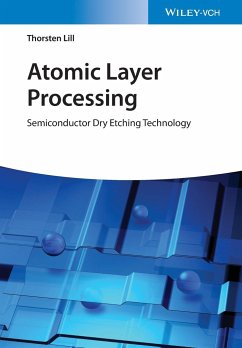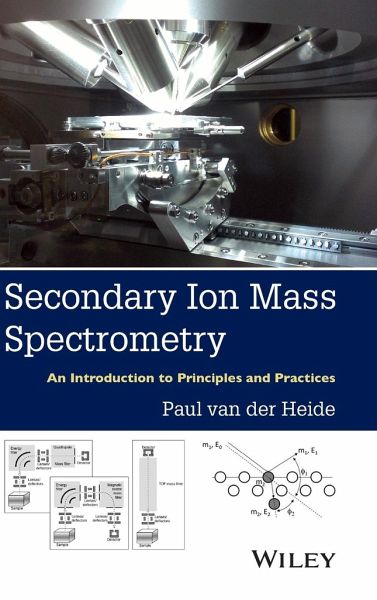
Secondary Ion Mass Spectrometry
An Introduction to Principles and Practices
Versandkostenfrei!
Versandfertig in über 4 Wochen
129,99 €
inkl. MwSt.
Weitere Ausgaben:

PAYBACK Punkte
65 °P sammeln!
Serves as a practical reference for those involved in Secondary Ion Mass Spectrometry (SIMS)- Introduces SIMS along with the highly diverse fields (Chemistry, Physics, Geology and Biology) to it is applied using up to date illustrations- Introduces the accepted fundamentals and pertinent models associated with elemental and molecular sputtering and ion emission- Covers the theory and modes of operation of the instrumentation used in the various forms of SIMS (Static vs Dynamic vs Cluster ion SIMS)- Details how data collection/processing can be carried out, with an emphasis placed on how to rec...
Serves as a practical reference for those involved in Secondary Ion Mass Spectrometry (SIMS)
- Introduces SIMS along with the highly diverse fields (Chemistry, Physics, Geology and Biology) to it is applied using up to date illustrations
- Introduces the accepted fundamentals and pertinent models associated with elemental and molecular sputtering and ion emission
- Covers the theory and modes of operation of the instrumentation used in the various forms of SIMS (Static vs Dynamic vs Cluster ion SIMS)
- Details how data collection/processing can be carried out, with an emphasis placed on how to recognize and avoid commonly occurring analysis induced distortions
- Presented as concisely as believed possible with All sections prepared such that they can be read independently of each other
- Introduces SIMS along with the highly diverse fields (Chemistry, Physics, Geology and Biology) to it is applied using up to date illustrations
- Introduces the accepted fundamentals and pertinent models associated with elemental and molecular sputtering and ion emission
- Covers the theory and modes of operation of the instrumentation used in the various forms of SIMS (Static vs Dynamic vs Cluster ion SIMS)
- Details how data collection/processing can be carried out, with an emphasis placed on how to recognize and avoid commonly occurring analysis induced distortions
- Presented as concisely as believed possible with All sections prepared such that they can be read independently of each other




